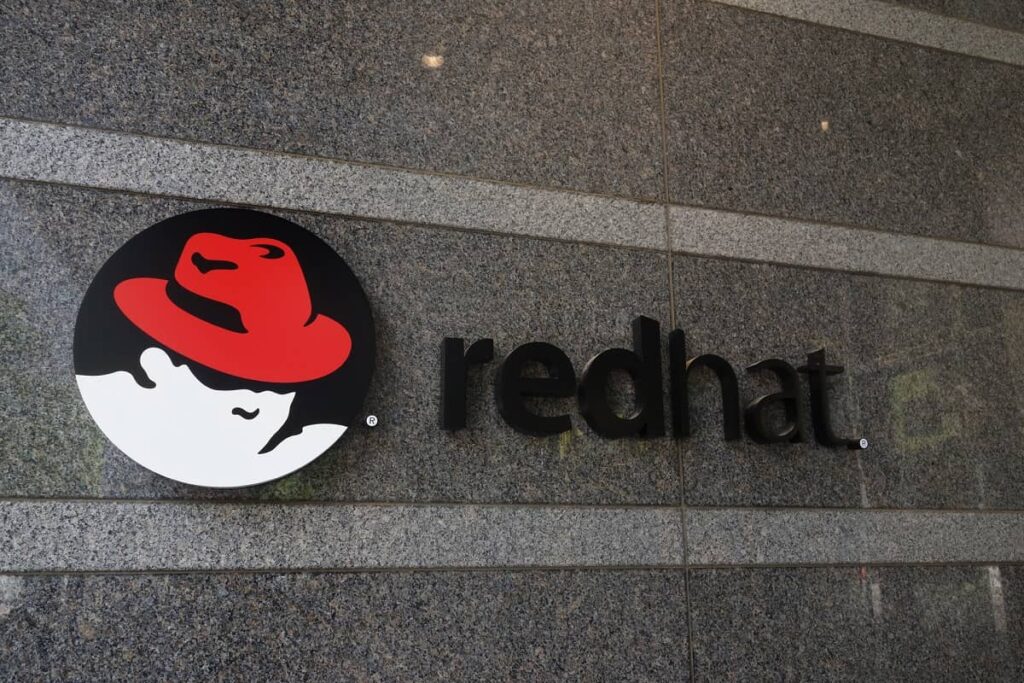By Christopher Saul Territory Sales Lead, East Africa
A major event in Kenya’s connectivity landscape is just around the corner. In July 2022, the Communications Authority of Kenya announced that the country would this year transition from Internet Protocol Version 4 (IPv4) to Internet Protocol Version 6 (IPv6). Come July 2023, only digital devices with IPv6 capability will be approved for use. The authority cited several concerns should the national adoption of IPv6 be delayed, including a lack of internet access and restrained technological advancement. This comes as adoption rates in Africa and other developing countries rank lower than the global average, posing a risk to the continent’s overall digital transformation.
But what makes the switch to IPv6 so important? A crucial part of Kenya expanding its digital footprint is its ability to gather data and build an ecosystem of interconnected smart devices and networks. The Internet of Things (IoT) yields incredible potential for Kenyan enterprises. To unlock that potential, we must first comprehend its impact and what IoT means for enterprises and the country as a whole.
A bigger address book
As the method by which data is sent between different computers and devices over the internet, Internet Protocol (IP) addresses form the bedrock beneath digital communication and data connectivity. IP addresses allow for distinction, a critical component of interconnected devices.
While IPv4 is based on 32-bit addressing and is therefore limited to a certain number of addresses, IPv6 is based on 128-bit addressing. Thus, the number of addresses increases exponentially and can easily account for every IP-based device in the world. That difference in the number of addresses is the most consequential element of the switch from IPv4 to IPv6. Additional advantages include more efficient routing, easier implementation of services like peer-to-peer (P2P) networks, and eliminating the need for Network Address Translation (NAT).
Switching from IPv4 to IPv6 may require global collaboration and a great deal of time, resources, and effort, but it is essential if Africa aims to achieve a more connected future.
The growth of IoT
Though we may not realise it, IoT has become a significant part of the daily digital experience for both consumers and organisations. The term refers to physical objects equipped with sensors and actuators that gather data about the physical world or systems, and then share that data with each other via wired or wireless networks. Even household items like a lightbulb or a child’s stuffed toy can be transformed into an IoT device, gathering and sharing data that could be highly useful in the right context.
The number of connected devices is growing. In 2022, the number of IoT connections globally increased by 18%, resulting in 14.3 billion active IoT endpoints. That number is forecasted to increase by another 16% in 2023 to 16.7 billion endpoints, with the total number being 29 billion by 2027. Looking at numbers this high, it’s no wonder the adoption of IPv6 is necessary for IoT to scale upwards.
Application: Everywhere
The positive impact of IoT is not limited to a single sector. Already, we are seeing the adoption of IoT systems enabling entire industries to become smarter, collect more data, and make better-informed decisions about how they operate.
In Kenya, IoT technology implemented in geothermal power stations means operators can collect and store more data, resulting in greater power generation efficiency and station maintenance. IoT solutions can be used in farming to perform soil testing and analysis, contributing to effective crop cultivation, and making this critical process shorter and more affordable for farmers. IoT even plays a role in nature conservation, with initiatives in Northern Kenya collecting and analysing environmental data to help safeguard wildlife populations.
But it’s worth considering IoT’s impact at an enterprise level. IoT solutions can help transform entire business models by offering new sources of data, integrating big data and analytics into their operations, and building new connections between enterprise partners and customers. There is a lot to consider when it comes to choosing an IoT platform, such as the ideal applications environment, data management, security, and ownership of cloud infrastructure.
However, with the right technology vendor and solutions partner, enterprises both big and small can capitalise on the transition to IPv6 effectively and fully leverage the power of IoT. As the rest of the continent continues to digitally transform, Kenya can lead the way with a fully developed ecosystem complete with optimal hardware and infrastructure. All it takes is making the right connections.



